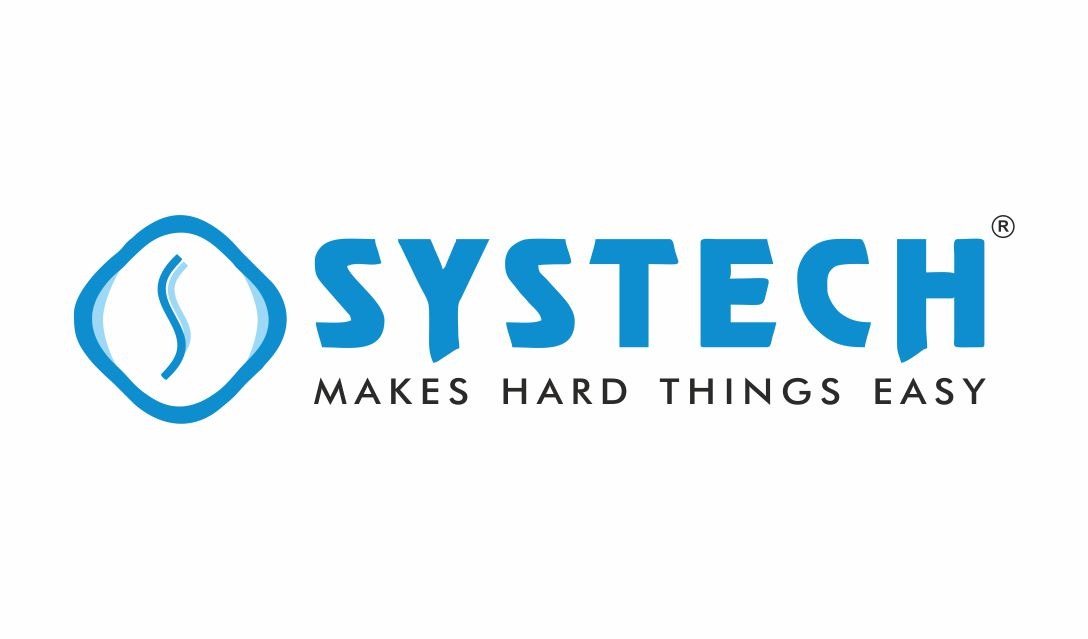The given program showcases various components and features of Python, including variable declaration, string interpolation, arithmetic operations, loops, conditional statements, function definition, and module import. Each step is explained in detail in the algorithm and the accompanying explanation provides further insight into the program’s functionality.
Here is a Python program that uses various components of the Python language, including variables, data types, operators, loops, conditional statements, functions, and modules:
Algorithm
- Import the math module.
- Define variables: name, age, is_male.
- Print a string using string interpolation to display name and age.
- Perform arithmetic operations using variables x and y, and store the result in z.
- Print the result of the arithmetic operation.
- Use a loop to iterate over a range of numbers from 0 to 4, and print each number.
- Check the condition if age is greater than 18 using a conditional statement.
- Print “You are an adult” if the condition is true, otherwise print “You are a minor”.
- Define a function named calc_area_circle that takes radius as a parameter.
- Calculate the area of a circle using the formula math.pi * radius^2 and return the result.
- Call the calc_area_circle function with the radius value of 5 and store the result in the area variable.
- Print the result of the area calculation.
Explanation:
The given Python program demonstrates several components of a Python program, including variable declaration, string interpolation, arithmetic operations, loops, conditional statements, function definition, and module import.
- We start by importing the math module using the ‘import’ statement. This allows us to use mathematical functions and constants provided by the module.
- Next, we define three variables: ‘name’ (a string containing the name “John”), ‘age’ (an integer with a value of 30), and ‘is_male’ (a Boolean variable set to True).
- We use the ‘print’ statement along with string interpolation (using the ‘f’ prefix) to display a formatted string that includes the values of ‘name’ and ‘age’. This will output a message like “Hello, my name is John and I am 30 years old.”
- We perform an arithmetic operation by adding the values of variables ‘x’ (set to 10) and ‘y’ (set to 5), and store the result in the variable ‘z’.
- We use another ‘print’ statement with string interpolation to display the result of the arithmetic operation. This will output “x + y = 15”.
- We use a ‘for’ loop to iterate over a range of numbers from 0 to 4. In each iteration, the loop variable ‘i’ takes the value of the current iteration. We print each value of ‘i’ using the ‘print’ statement.
- We use an ‘if’ statement to check the condition ‘age > 18’. If the condition is true, the program will execute the indented block of code and print “You are an adult.” Otherwise, it will execute the ‘else’ block and print “You are a minor.”
- We define a function named ‘calc_area_circle’ that takes ‘radius’ as a parameter. Inside the function, we use the math module’s constant ‘math.pi’ and the power operator ‘**’ to calculate the area of a circle using the formula pi * radius^2.
- We call the ‘calc_area_circle’ function with a radius value of 5 and store the result in the ‘area’ variable.
- Finally, we use a ‘print’ statement with string interpolation to display the result of the area calculation. This will output something like “The area of the circle is 78.53981633974483.”
Program:
# Import the math module
import math
# Define some variables
name = "John"
age = 30
is_male = True
# Print a string using string interpolation
print(f"Hello, my name is {name} and I am {age} years old.")
# Perform some arithmetic operations
x = 10
y = 5
z = x + y
print(f"x + y = {z}")
# Use a loop to iterate over a range of numbers
for i in range(5):
print(i)
# Use a conditional statement to check a condition
if age > 18:
print("You are an adult.")
else:
print("You are a minor.")
# Define a function to calculate the area of a circle
def calc_area_circle(radius):
return math.pi * radius**2
# Call the function and print the result
area = calc_area_circle(5)
print(f"The area of the circle is {area}.")
Input :
Hello, my name is John and I am 30 years old.
x + y = 15
0
1
2
3
4
Output :
You are an adult.
The area of the circle is 78.53981633974483.

